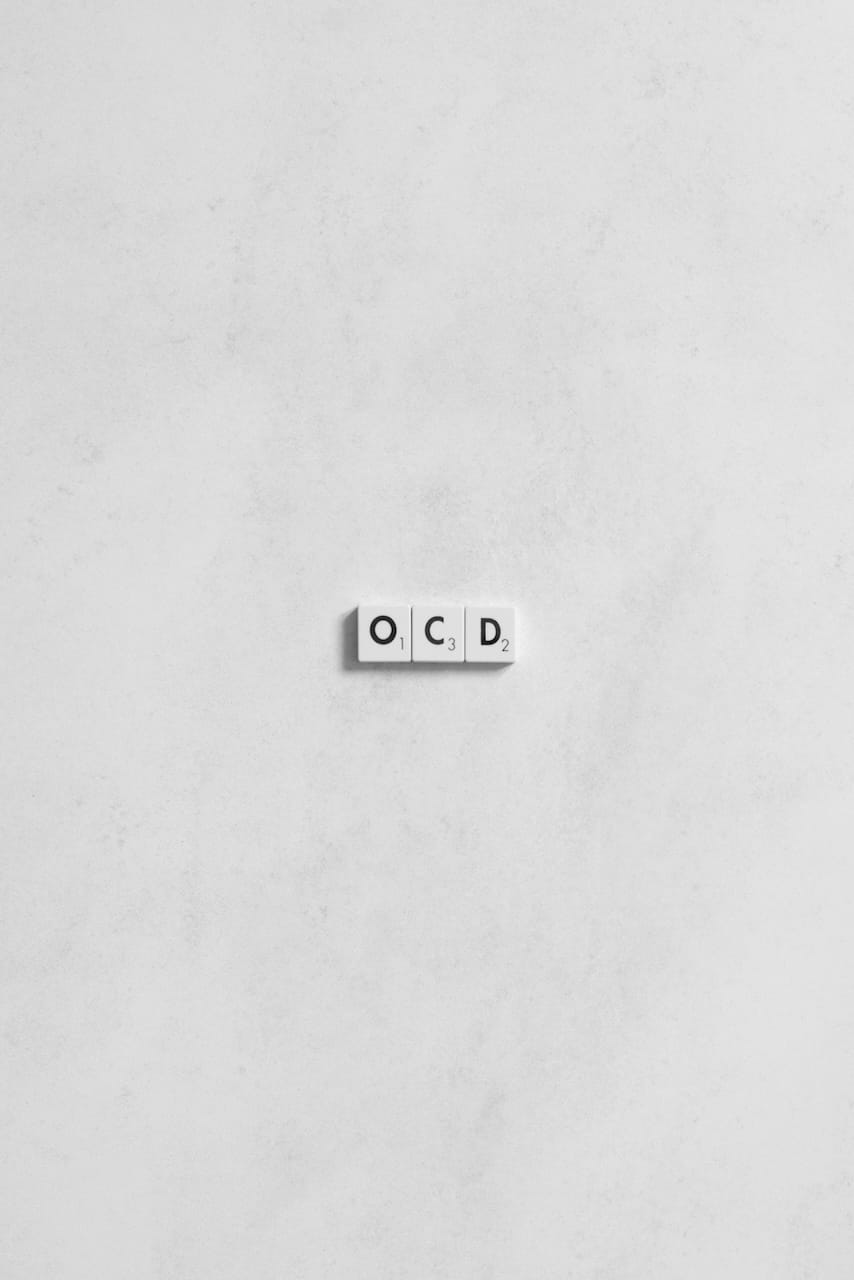Living with anxiety for too long without proper intervention can lead to more than just mental exhaustion, it can begin to rewire your thinking patterns. Over time, what starts as general worry may evolve into obsessive, intrusive thoughts and compulsive behaviors that resemble obsessive-compulsive disorder (OCD). If you’ve been feeling stuck in repetitive thoughts or mental loops, you’re not alone and there is a way out.

The Long-Term Effects of Untreated Anxiety
In my clinical work over the past 15 years, I’ve seen how persistent anxiety changes the way the mind functions. It begins as restlessness, tension, or overthinking, but when left unresolved, the brain starts to search for ways to regain control. The longer anxiety lingers, the more likely it is to lead to thought patterns that mimic OCD.
What might begin as over-preparing for meetings or rereading messages before sending them can slowly spiral into rigid routines, obsessive fears, or mental checking loops. Many clients come to me thinking they’re just being cautious or conscientious. When in fact, their anxiety has quietly evolved into something more consuming.
From Anxiety to OCD-Like Loops: How It Happens
When the body is constantly in a state of stress, the mind adapts. It starts to fixate on thoughts that feel urgent or threatening. This leads to a common loop that mimics OCD:
Obsession – An intrusive, unwanted thought that spikes anxiety
Compulsion – A behavior or mental ritual done to relieve that anxiety
Temporary Relief – A short-lived sense of calm, followed by another intrusive thought
The loop feels protective, but it’s actually reinforcing the anxiety. And the more it happens, the more entrenched the pattern becomes.
These patterns don’t respond to logic or reassurance. You can’t talk your way out of them. Why? Because your nervous system is overwhelmed and your brain is trying to protect you the only way it knows how.
Real Examples of OCD-Like Intrusive Thoughts Caused by Anxiety
Over the years, I’ve worked with many clients who began with generalized anxiety but eventually developed obsessive, intrusive thought patterns like these:
Fear of contamination – compulsively washing hands or avoiding public spaces, not because of actual exposure to illness but because of a deep, lingering fear of germs
Obsession with perfection – rereading emails multiple times before sending them, fearing something might be wrong, offensive, or misunderstood
Intrusive thoughts about causing harm – imagining hitting someone with their car, yelling something inappropriate in public, or losing control and hurting a loved one
Unwanted sexual thoughts – distressing, ego-dystonic thoughts that go against a person’s values and character, such as fears of behaving inappropriately even when there’s no intent or desire
Superstitions and rituals – avoiding specific numbers, colors, or patterns that feel “unsafe” or “unlucky,” and feeling an urgent need to follow certain routines to avoid imagined consequences
These thoughts are painful. They often lead people to feel ashamed, isolated, or even afraid of themselves. But here’s what I remind every client: These thoughts are scary, but they are not dangerous. They are not who you are. They are a symptom of a nervous system stuck in survival mode.
Why You Can’t “Think Your Way Out”
When people experience these loops, they often try to reason their way out of them. They repeat affirmations, distract themselves, or try to disprove the thought through logic.
But intrusive thoughts don’t go away through mental arguments. That’s because the root issue isn’t in the mind, it’s in the body. When your nervous system is on high alert, your brain stays in protection mode, scanning for threats and fixating on anything that feels uncertain.
This is why healing begins with the body, not just the brain.
How to Break the OCD-Anxiety Loop
Healing from long-standing anxiety that’s evolved into obsessive patterns requires a different approach. It’s not about controlling your thoughts. It’s about transforming your relationship with them.
Here’s what actually works:
1. Regulate your nervous system
You can’t access clarity when your body is in survival mode. Breath-work, grounding, movement, and somatic tools are key to calming the body first.
2. Create distance from your thoughts
You are not your thoughts. You are the thinker, the observer. Learning to notice intrusive thoughts without reacting or assigning meaning to them is a powerful turning point.
3. Rebuild your sense of safety
A regulated body sends the signal: “I’m okay now.” As that sense of safety becomes more consistent, the brain no longer needs to sound the alarm with intrusive thoughts.
If You’re Stuck in a Loop, This Is Your Signal
If you find yourself checking, avoiding, re-reading, or mentally rehearsing over and over, it may not be “just anxiety” anymore. These are often signs that your mind is trying to cope with an overwhelming internal state by creating false control through repetition.
The good news? You can interrupt the loop. You can change the pattern. But it starts by addressing the anxiety at its root, not just managing symptoms at the surface.
Where to Start: Calm the Body, Rewire the Mind
To support clients on this journey, I’ve created a free Anxiety Toolkit Series: a practical, step-by-step guide designed to help you calm your nervous system, reduce the intensity of intrusive thoughts, and rebuild emotional safety.
And if you’re ready for deeper, individualized support, I invite you to book a free call. Together, we’ll identify what’s keeping you stuck and map out a plan to help you feel calm, clear, and back in control.
Anxiety doesn’t have to rule your life. With the right tools and support, your thoughts can stop feeling like a trap and start becoming something you can trust again.
Recent Comments